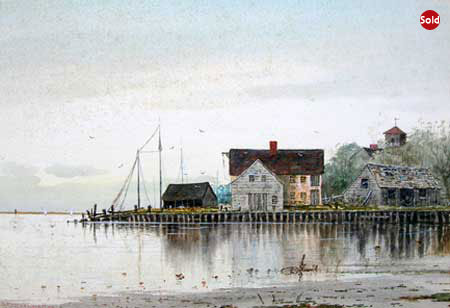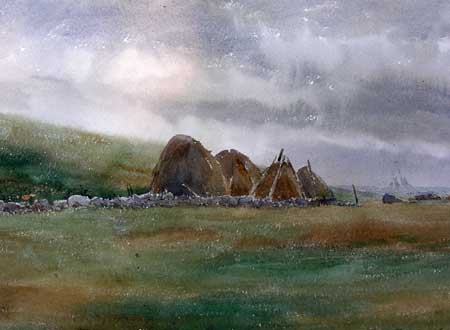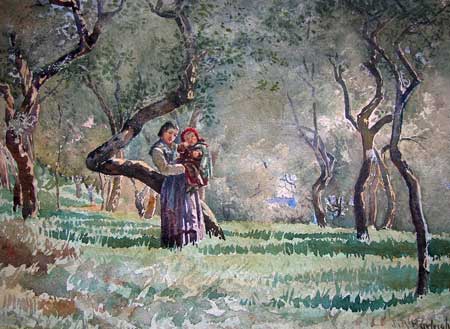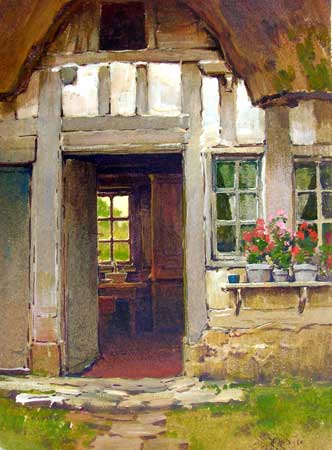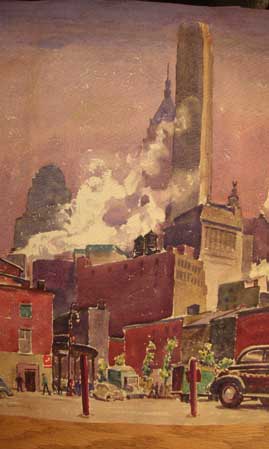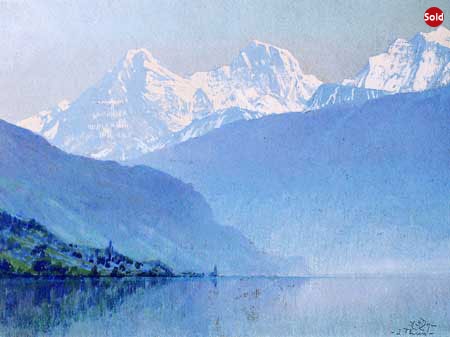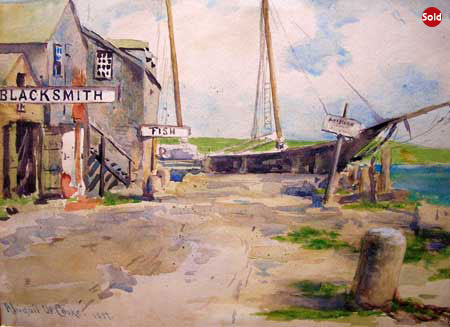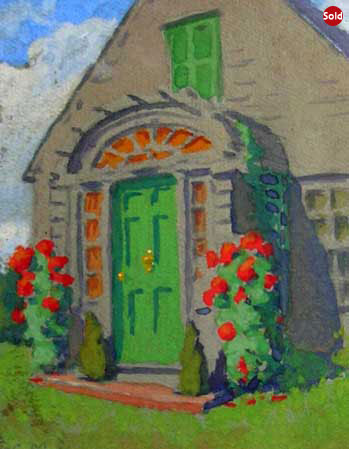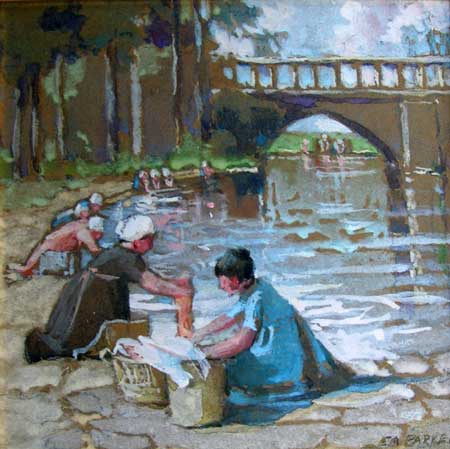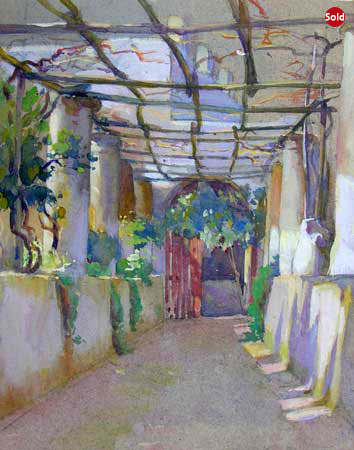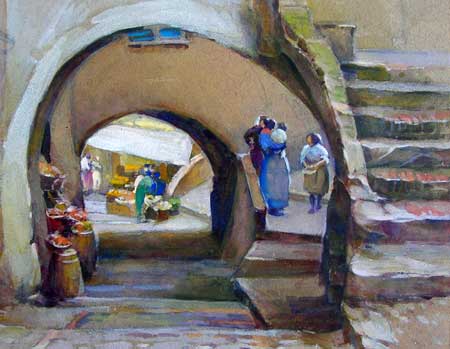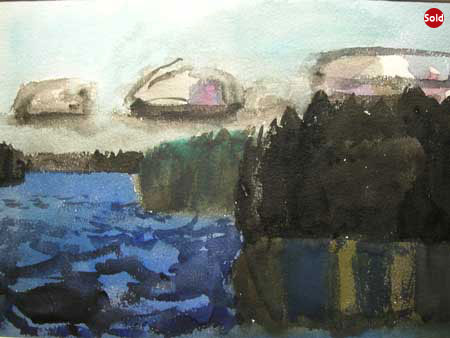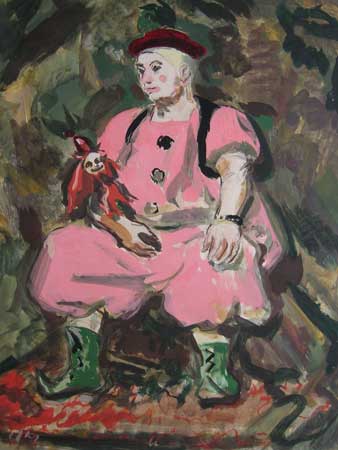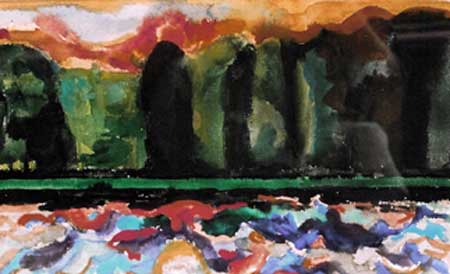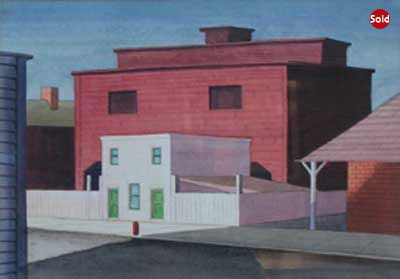Main Exhibit

In Their Own Way:
Vintage Watercolors by Rhode Island Artists (1890 - 1960)
January 13 – February 12, 2010
The artistic community in Providence has always been in step or a step ahead of American art trends. For many years watercolors were considered an inferior art form as compared to oils, but by the late 19th century watercolors found an audience among artists, collectors and museums. A very fine group of Providence artists emerged in 1880 on par with other colleagues across the country. American art giants such as John La Farge (1835 - 1910) and Winslow Homer (1836 - 1910) showed their watercolor mastery in Rhode Island venues further fueling the local enthusiasm of the medium. Sydney Burleigh (1853 - 1941), H.A. Dyer (1872 - 1943) and Mabel Woodward (1877 - 1945) ushered in a new level of excellence in watercolors and by the early 20th Century modern trends emerged among top watercolorists such as Edgar Corbridge (1901 - 1988) and Florence Leif (1913 - 1968).
In the Providence arts arena Sydney Burleigh (1853 - 1941) was the earliest Rhode Island artist to achieve recognition for his mastery of watercolors. The Providence Journal who stated, “The only professed watercolorist in Providence is Mr. Sydney Burleigh”, validated the Little Compton native’s forte in 1885. While certainly there were other artists painting in watercolor before Burleigh, such as the precisely rendered watercolors of S.R. Chaffee (1850 - 1913), Burleigh’s facility in the medium was unmatched. By 1896 he founded the Providence Watercolor Club and was teaching watercolor at the Rhode Island School of Design in 1897. A new era of painters following Burleigh became adept in the medium taking command of the nuances of pigment on paper. Such as the talents of Mabel Woodward (1877 - 1945) and H. A. Dyer (1872 - 1943) who clearly established their craft in a series of European travel images on exhibit.
The 20th century ushered in a modern era and to that end Edgar Corbridge celebrated in his watercolors of the 1940’s and 1950’s the clean, clear lines advanced so well by Edward Hopper. Corbridge renders still images devoid of figures where light and line dominate. Another Provincetown summer resident, Florence Leif takes a different tact. Her watercolors show colorful bleeding lines often blurring the horizon of sky and land during evening sunsets. These two artists elucidate the changing trends in watercolor technique in Providence and throughout the country from the early 19th century to the 20th.

